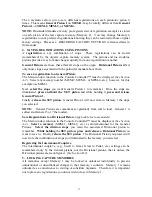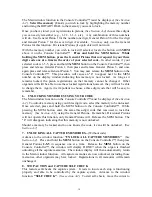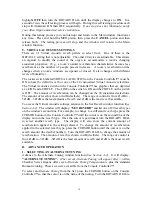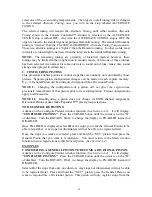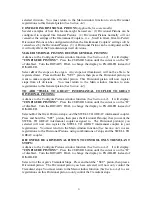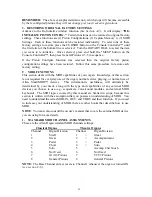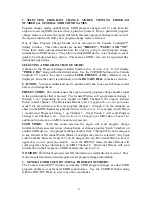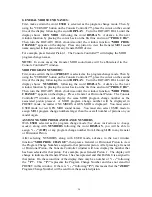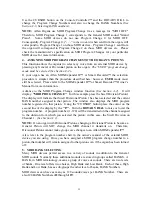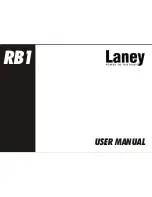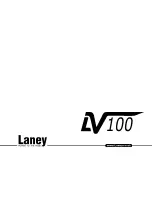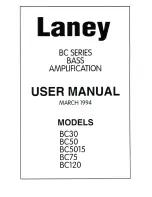
10
X. MIDI GUIDE FOR ORGANISTS
WHAT IS MIDI?
The term MIDI is an acronym for Musical Instrument Digital Interface and is nothing
more than a communications system. MIDI has been adopted by the music industry as a
standard means of communication between musical devices. MIDI enables devices of
different types and manufacturers to easily communicate with each other. It is not
necessary to understand all of the technical aspects of MIDI in order to take advantage of
its benefits. It is important to explore the potential MIDI holds for musicians, as well as
the various MIDI applications available today.
TYPES OF MIDI DATA
There are several types of MIDI messages that can be sent from one device to another.
The most common is keying information, allowing one device to sense which keys have
been played on another. This means that an organ equipped with MIDI can send
information to other MIDI devices, e.g., electronic pianos, keyboard synthesizers or
sequencers, and can play those devices simultaneously or record information to be played
back later.
Allen organs incorporate an expanded MIDI system, Smart MIDI™ allowing the
transmission of volume changes, registrations, and more. It is even possible to control
several devices from one manual simultaneously, or separately control different devices
from each manual of the console.
MIDI AS A PRACTICE TOOL
For the organist/choir director, the MIDI organ console and sequencer are valuable
rehearsal tools for both choral and organ works. Anthem accompaniments may be
recorded in advance and played back by the sequencer during choir rehearsal, freeing the
director from the role of accompanist, and allowing him to concentrate on directing the
choir. The sequencer may even play the music back at a slower tempo without affecting
pitch, or at a lower pitch without affecting tempo, features that are useful in rehearsing
difficult choral passages. If the sequencer allows multi-tracking, each vocal section’s
part may be recorded on a different track, and then played back individually, or in any
combination, for increased flexibility.
Multi-tracking can also be used in teaching and learning new organ works. The teacher
may record each hand or pedal part on a different track, allowing the student to “mute” or
turn off any part being practiced while still being able to hear the sequencer play the rest
of the composition. The student’s ability to hear the piece in its entirety and to become
aware of, from the earliest stage of learning a composition, the interrelationship of its
voices, is especially valuable in learning contrapuntal works.

















